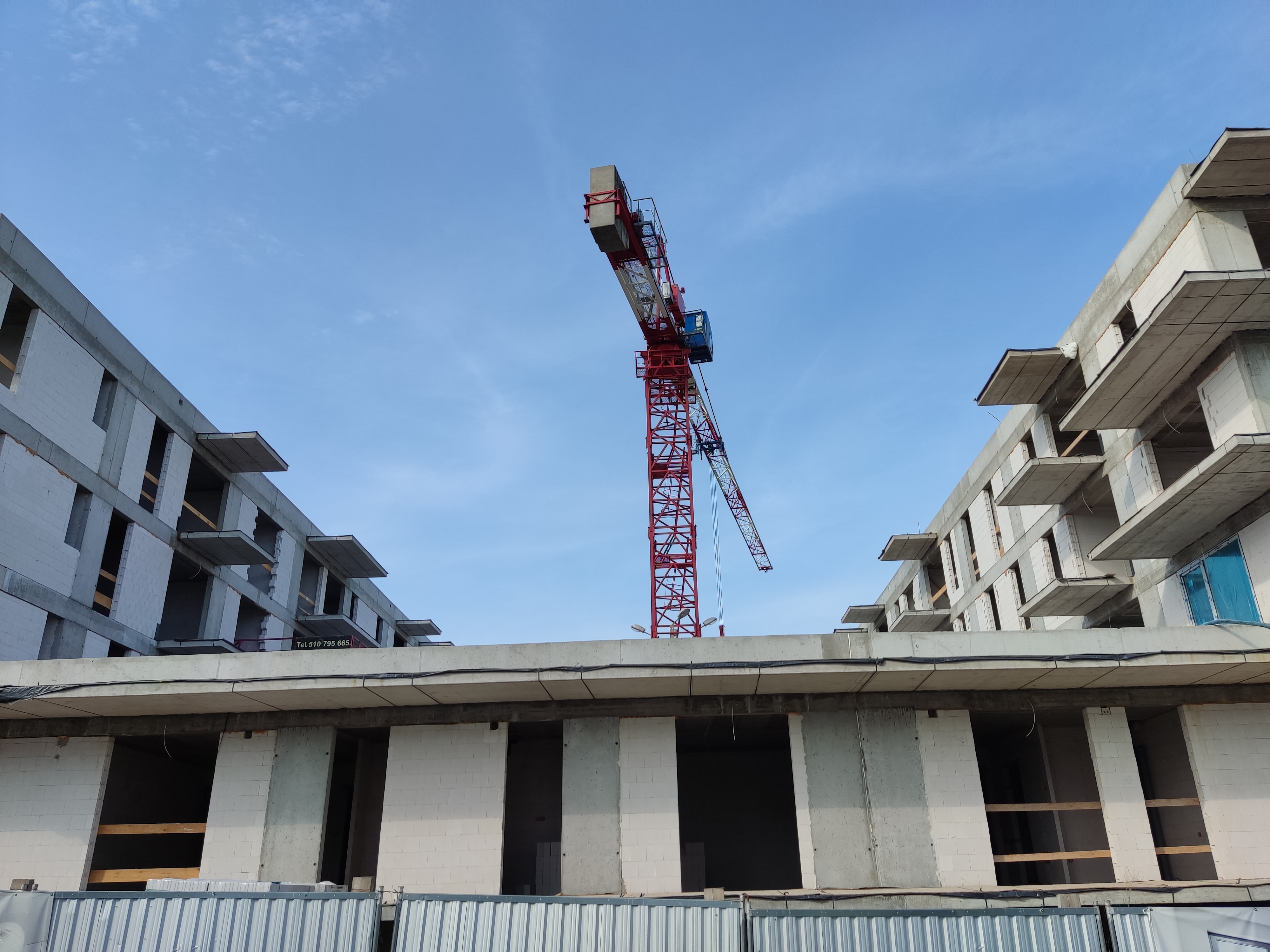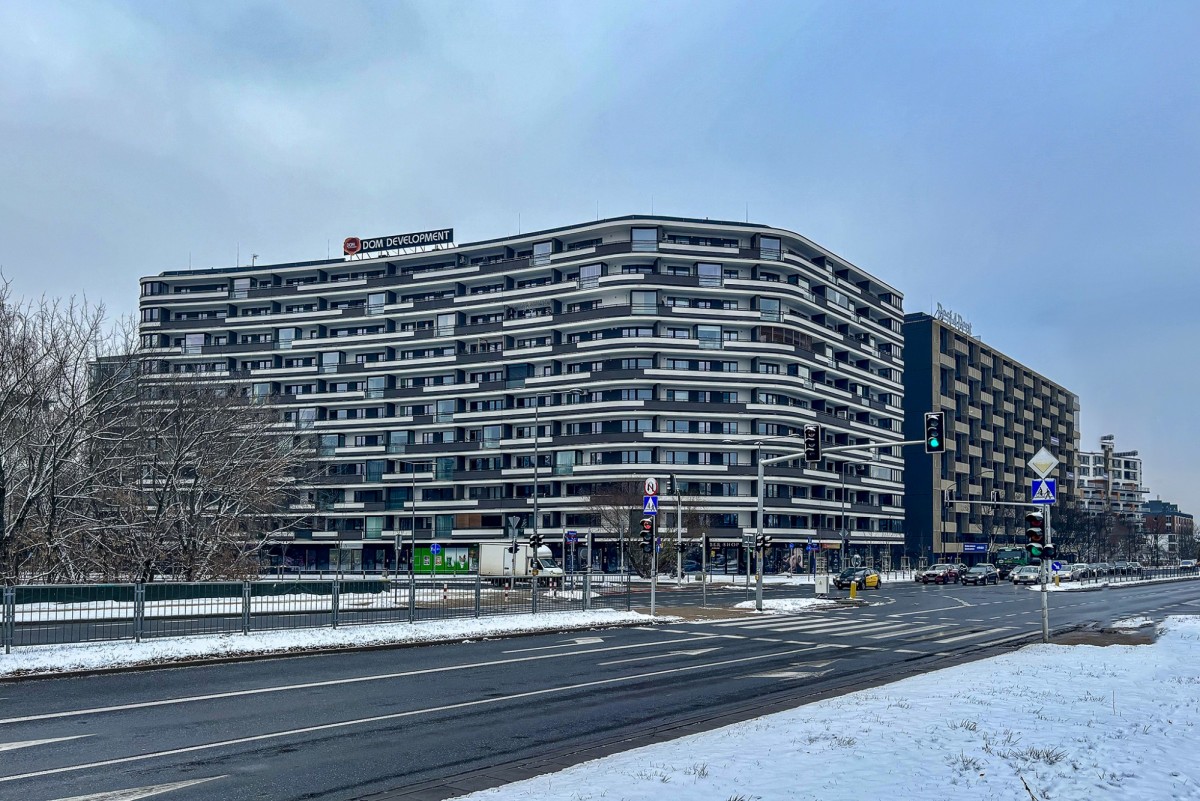Changes in construction legislation in Poland

Changes in construction legislation in Poland
From April 1, two significant amendments to the regulations in the system of building codes and regulations come into force - they relate to the technical conditions that buildings and their location must comply with, as well as the detailed volume and form of the construction project. What will change in legislation in 2024?
From April 1, two significant amendments to the regulations in the system of building codes and regulations come into force - they relate to the technical conditions that buildings and their location must comply with, as well as the detailed volume and form of the construction project. What will change in legislation in 2024?
• The first is an amendment to the regulation of the Minister of Infrastructure of April 12, 2002 on the technical conditions that buildings and their location must comply with (Journal of Laws of 2022, item 1225), included under number 100 in the list of legislative work of the Minister of Development and Technology , which was adopted at the end of October 2023.
• The second amendment, which comes into force on April 1, 2024, concerns the decree of the Minister of Development of September 11, 2020 on the detailed scope and form of the construction project.
Changes in legislation to combat unscrupulous developers (path-developers)
The amendment to the Decree of the Minister of Infrastructure of April 12, 2002 on the technical conditions that buildings and their location must comply with should prevent so-called path development procedures. 10 changes have been made to the regulations:
1. Increasing the distance between multi-apartment residential buildings that are being built on adjacent sites.
The distance of a multi-apartment residential building above four above-ground floors from the boundary of the site increases. Until now, this distance was 4 m (for a wall with windows), after making amendments it will be at least five meters.
2. Increasing the distance of industrial and warehouse buildings from residential buildings.
In accordance with the amended rules, the minimum distance between the walls of a new industrial or warehouse building (with a built-up area of more than 1000 m2) and the walls of a residential building or collective building already standing on another site has been increased to 30 m. This also applies to a residential building or collective building residence for which a final decision on planning permission has been issued or a building notice has been filed.
3. Changing the rules for planning parking spaces for cars used by people with disabilities.
According to the new rules, only 6% of such spaces in relation to the total number of parking spaces within one investment can be located close to the windows of buildings, and not all, as before.
4. Increase in biologically active surface in publicly accessible places.
In areas of more than 1000 m2 intended for public places, it will be necessary to provide at least 20% of the biologically active surface (areas with tree plantings, lawns, ponds, etc.).
5. Increasing requirements for the organization of comfortable playgrounds for children and recreation areas for people with special needs in apartment buildings.
The amended rules introduce requirements for the minimum area of a playground depending on the number of apartments in an apartment building or in a complex of such buildings. They also determine the requirements for playground equipment, as well as for their fencing and covering.
The new site, which will be built on the basis of management decisions received after April 1, 2024, will have to undergo post-installation inspection before being put into operation. This verification must be carried out by a competent person independent of the investor and contractor. The new obligation will also be to check the surface of the site in accordance with the PN-EN 1177 standard.
Another new feature of Polish legislation is the obligation to prepare recreation areas for people with special needs. This applies to an apartment building or a complex of apartment buildings with more than 20 apartments.
6. Minimum area of commercial premises
According to the new norms, in newly designed buildings the minimum area of commercial premises must be at least 25 m2. Commercial premises of a smaller area will be able to be located on the ground and first floors of the building (na parterze i na pierwszym piętrze), provided that they are provided with direct access from the outside.
These rules will not apply to collective housing buildings, that is, hotels, motels, and boarding houses.
7. Privacy on balconies
In newly designed apartment buildings, if balconies are located on the same slab, it is necessary to use a partition of appropriate height, width and light transmission between them.
8. More attention to acoustic comfort in apartments
The issue of acoustics between two rooms in a single-family residential building was resolved. New buildings will need to use partitions that meet appropriate acoustic requirements and doors with increased sound insulation (similar to the requirements between two apartments in an apartment building).
In addition, a provision was introduced obliging not to deteriorate the sound insulation of partitions between apartments in the event of construction work in residential buildings - both multi-apartment and single-family. The acoustic requirements will now be determined by analyzing the technical and material solutions that meet these requirements. Relevant rules have been included in the building design regulations.
9. Requirement for a facility that provides suitable conditions for changing diapers for an adult with special needs
This obligation will apply to buildings:
• public administration - with a useful area of over 2000 m2,
• in which activities are carried out in the field of culture, sports, trade, services or passenger services by rail, road or air transport - with a useful area of more than 10,000 m2,
• gas stations - with a usable area of more than 300 m2 (applies to gas stations located on a motorway or expressway),
• healthcare.
10. The obligation to install premises in multi-apartment residential buildings intended for storing bicycles or strollers.
The minimum area of such a room will be 15 m². Instead, it is permissible to build a separate outbuilding, shed or gazebo.
Acoustics in a construction project
The changes introduced in the regulation of the Minister of Development of 11 September 2020 on the detailed scope and form of a building project (Journal of Laws of 2022, item 1679) concern issues related to the acoustics of buildings.
After 1 April 2024, the construction project submitted to the Authority must include an analysis of technical and material solutions aimed at meeting the acoustic requirements resulting from the provisions of the amendment to the regulation on the technical conditions that buildings and their layout must comply with.
This responsibility applies to the design of a single-family residential building with two apartments, a single-family residential building in a terraced or semi-detached building, and a multi-apartment residential building.
The main purpose of the rule change is to achieve confirmation of compliance with the acoustic requirements arising from the regulation on technical conditions for buildings, including the Polish standards specified in Annex 1 to this regulation.
Exclusion of the loggia area
The second purpose of the amendments is to dispel interpretative doubts associated with the method of determining the total area of the building (more precisely, with the question of including a loggia in this area). It is clarified that when calculating the total area of the building, the loggia is not taken into account.
Source: website muratorplus.pl
Blog

Housing prices in 2025 - here's what will happen to the real estate market
Housing prices in 2025 - here's what will happen to the real estate market

Piaseczno
The city of Piaseczno has a rich history and many interesting natural monuments, which makes it very attractive for tourist trips and family vacations.






